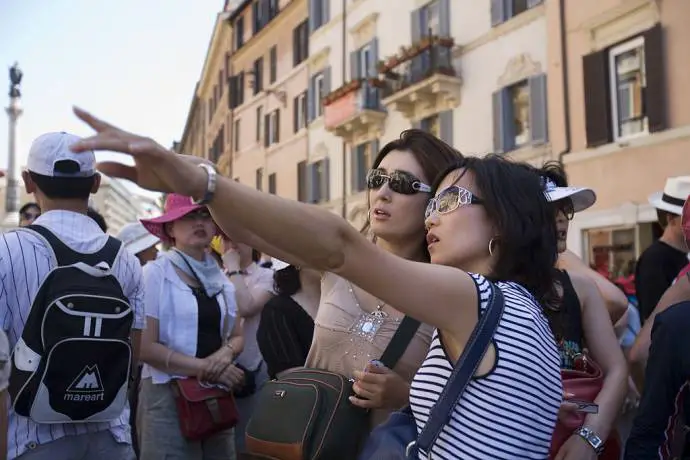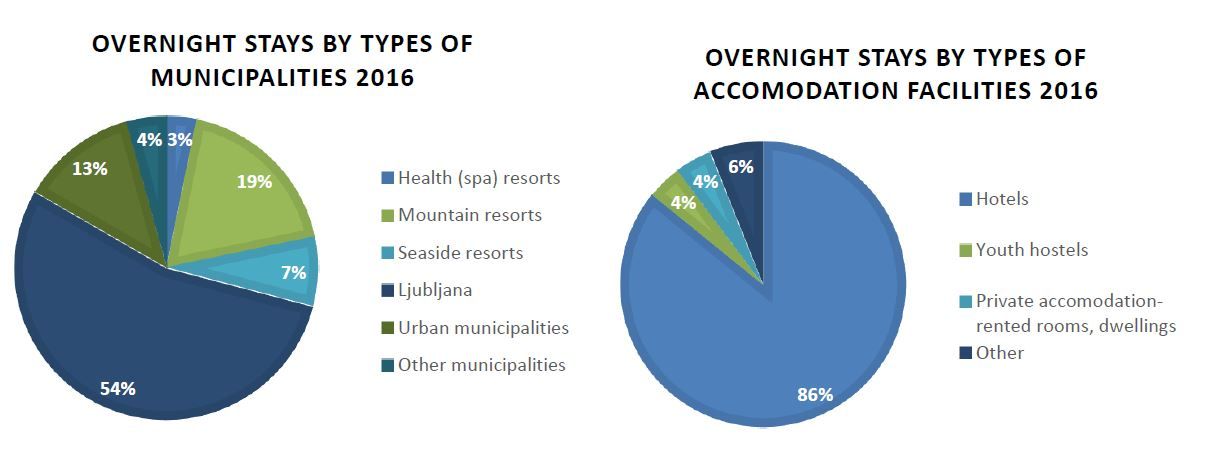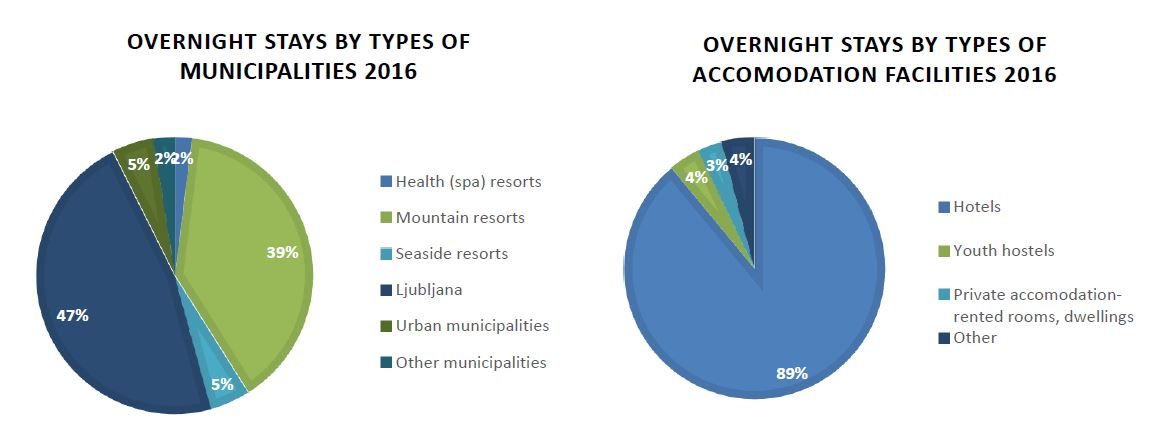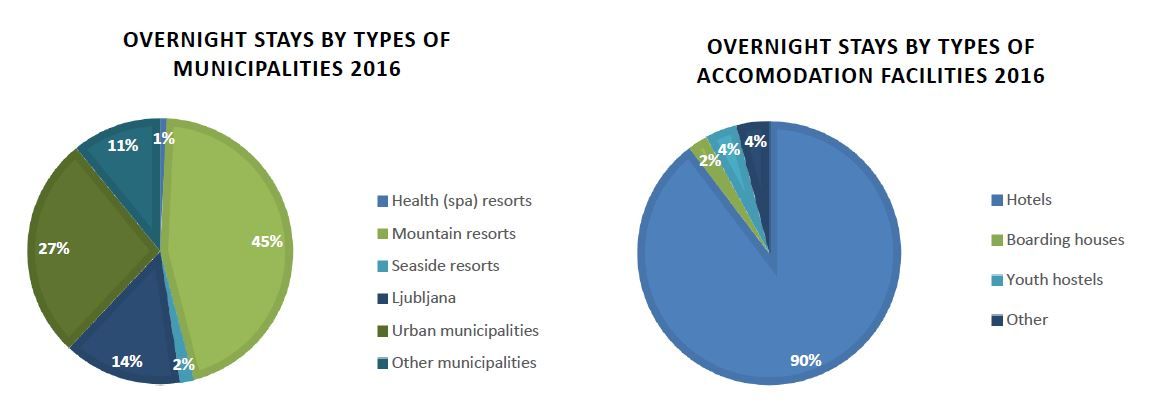March 29, 2018
The ever-helpful Statistical Office of the Republic of Slovenia (SURS) has compiled tourist statistics for arrivals from various nations, and in this post we’ll take a look at East Asia, in the form of China, Japan and South Korea, using the latest available data, covering the period from 2006 to 2016.
Overall, the most notable finding is the relative stability of the arrivals from Japan, compared to the massive increases over the last few years from China and South Korea.
Chinese arrivals and overnight stays. SURS
Turning to the largest nation first, China, we can see that both the number of arrivals and overnight stays has increased year on year, with the former seeing two major accelerations, in 2009/10 and again in 2014/15. With regard to when Chinese tourists come to Slovenia, the spring and summer months are most popular, with the peak being in September.
Data for China. SURS
Finally, most Chinese visitors spend their time in Ljubljana and stay in hotels, with far fewer nights spent at the coast or in spa resorts than seen with European travellers, although a sizable number stay in mountain resorts.
Data for China. SURS
As noted above, and seen below, with Japan the striking thing is the relative stability in the number of tourist arrivals and overnight stays, with some fluctuations but no clear trends.
Data for Japan. SURS
With regard to when Japanese people are most likely to visit Slovenia, here we find that May, August and October are the peak months, as shown below.
Data for Japan. SURS
Finally, Japanese tourists, like those from China, also spend almost half their time in the capital, but have around twice as many overnight stays in mountain resorts. Moreover, like Chinese tourists the Japanese overwhelmingly stay in hotels rather than other forms of accommodation.
Data for Japan. SURS
Turning to South Korea, it should be noted that these figures do not include data since the launch of The Black Knight in 2017, a popular Korean drama that was partly filmed in Slovenia, and is reported to have led to a surge in visitors from the peninsula. That said, something clearly happened a few years ago, as the figures show a dramatic leap in tourist arrivals and overnight stays from 2013 on, with the nation actually ranking 5th with regard to arrivals in 2016, compared to 17th for China and 24th for Japan.
Data for South Korea. SURS
Looking at when Koreans come to Slovenia, is can be seen that in 2016 the long period from May to almost November saw quite stable numbers, with no clear peak.
Data for South Korea. SURS
Finally, although Koreans, like the Japanese and Chinese, tend to stay in hotels, the data show they spend the night in a far more varied range of destinations, with Ljubljana only accounting 14%, in contrast to the 45% of overnight stays in mountain resorts and 27% in other urban areas.
Data for South Korea. SURS
You can see more data on tourist arrivals and overnight stays from a much longer list of nations in this PDF.















